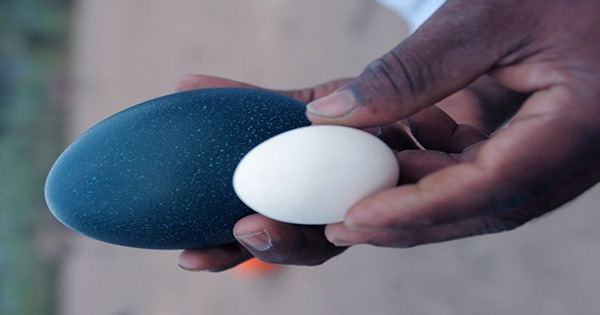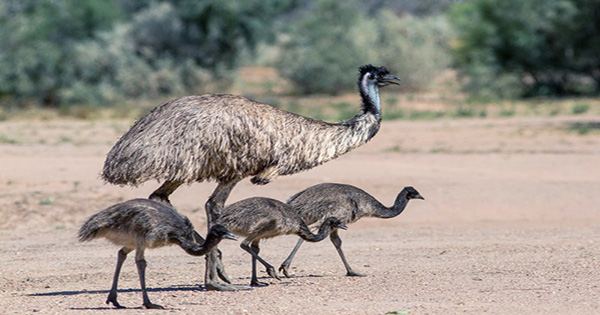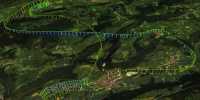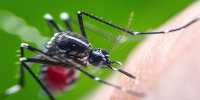An egg related to the extinct dwarf emu has been discovered on King Island in Australia. This is the first time a complete egg of an endangered species has been found for more than 100 years, and researchers hope it will help shed some light on this mysterious creature. Australia currently has only one species of emu, Dromaius novaehollandiae, but relatively recently several other species have lived: the smaller Tasmanian emu and two dwarf emus: the Kangaroo Island emu and the smallest, the King Island emu. Unfortunately, these three smaller species became extinct during the European colonies in the 18th and 19th centuries.

As such, little is known about their behavior or lifestyle, which is why this new discovery is so appealing to researchers. As published in the Journal of Biology Letters, scientists at the UK’s Natural History Museum have described the discovery of cracked eggs divided by emus on the South Australian Dwarf King Island. The Tasmanian emu exists with only a few complete eggs and only one kangaroo island emu egg exists this is the first from the emu on King Island.
“The carbon-1 date from the time the egg was found was recovered from the time the egg was found, so the egg may have been anything from 200 years to a few thousand years old,” Julian Hume, author of the Natural Studies, told IFLScience. Although the newly found eggs were about the same size as the modern mainland emus, King Island Emu today was about half the size and weight of their living cousins. The second largest living bird after the emu ostrich, standing proudly at about 1.75 m (5.7 ft)
By comparison King Island Island Emu is the size of a huge weighted wild turkey, but still managed to bring out an egg in the shape of a regular emu. Researchers believe that the surprisingly large eggs are suitable for hatching on the island, which are relatively mature, able to hang for food and retain body heat as soon as the eggs are released, with very similar breeding techniques.















